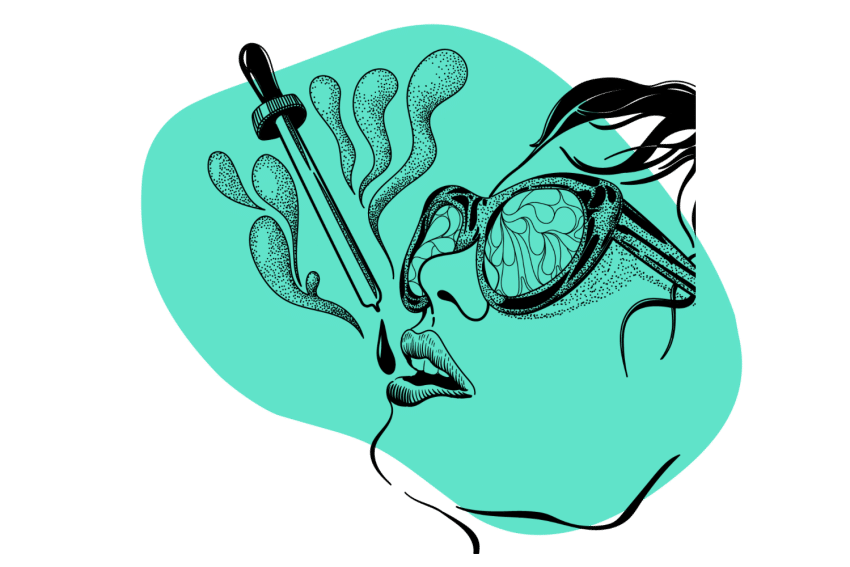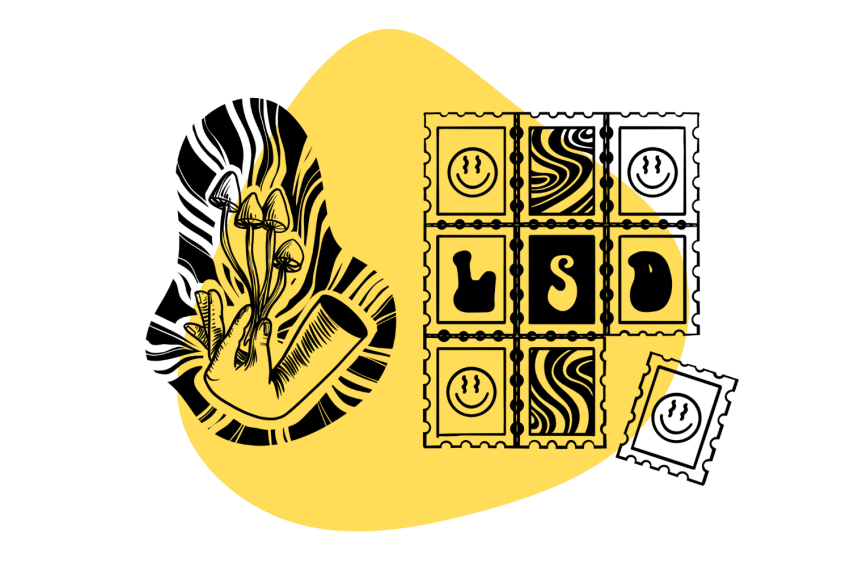Can You Overdose on LSD? The Real Consequences of Taking Too Much Acid
It’s very difficult to overdose on LSD — but that doesn’t mean you can’t take too much.
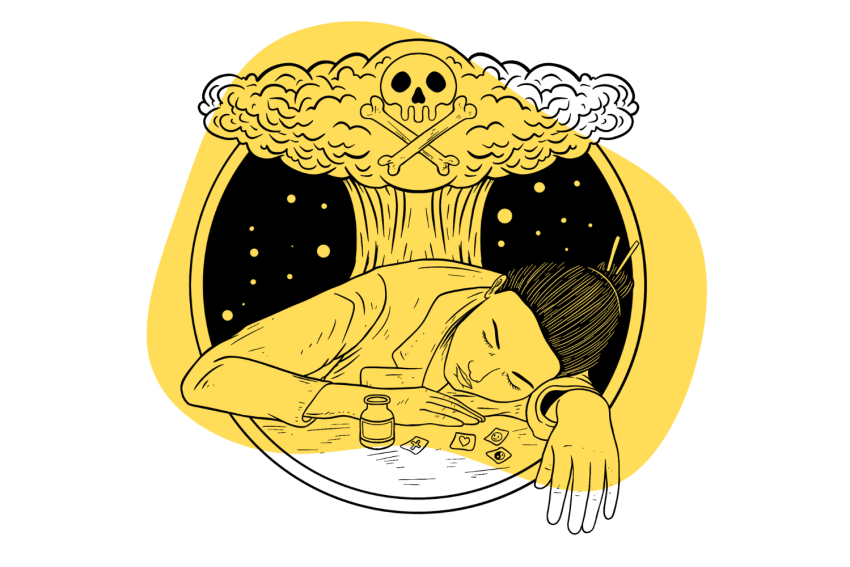
Lysergic acid diethylamide (LSD) is one of the most popular hallucinogens; people use it hoping to expand their minds and experience spiritual enlightenment. It’s also one of the most potent psychedelic drugs, and tiny doses induce dramatic effects.
Luckily, it’s difficult to overdose on LSD, and substantial evidence suggests that a toxic dose of LSD is many times higher than most people might assume.
This article explores the possibility of overdosing on LSD, amassing evidence from clinical studies and anecdotal reports, and explains the non-lethal dangers of taking large amounts of LSD.
Can You Overdose On LSD?
Overdosing on LSD may be possible, but there are no records of deaths caused by taking too much LSD.
It’s important to realize that overdosing means something very specific. Overdose is medically defined as consuming enough of a substance to cause toxicity or death. By that definition, overdosing on LSD is exceptionally difficult, and some believe it’s impossible.
One minor point of the confusion stems from LSD-related deaths, cases where people have died with LSD in their system. These cases universally have extenuating circumstances like police intervention or accidental injury that are ultimately determined to be the cause of death. Ultimately, there is no established lethal dose — called LD50 — for LSD [1].
Clinical and anecdotal evidence suggests that the possibility of overdosing on LSD is unfounded, but that doesn’t mean that taking large quantities won’t lead to unpleasant effects.
What Happens If You Take Too Much LSD?
Overdosing is not the same as having a bad trip.
Most bad trips aren’t dangerous, although that doesn’t make them any less distressing to the person having the bad trip.
Knowing the difference between a bad trip and a potentially dangerous situation that requires medical intervention is important for anyone considering taking LSD or trip sitting for a friend.
Most people characterize bad trips as having unpleasant effects, like paranoia, frightening imagery, sweating, psychosis, anxiety, and depression. Taking too much LSD is more likely to cause a bad trip, but plenty of people have bad trips at lower doses.
Related: What Does LSD Feel Like?
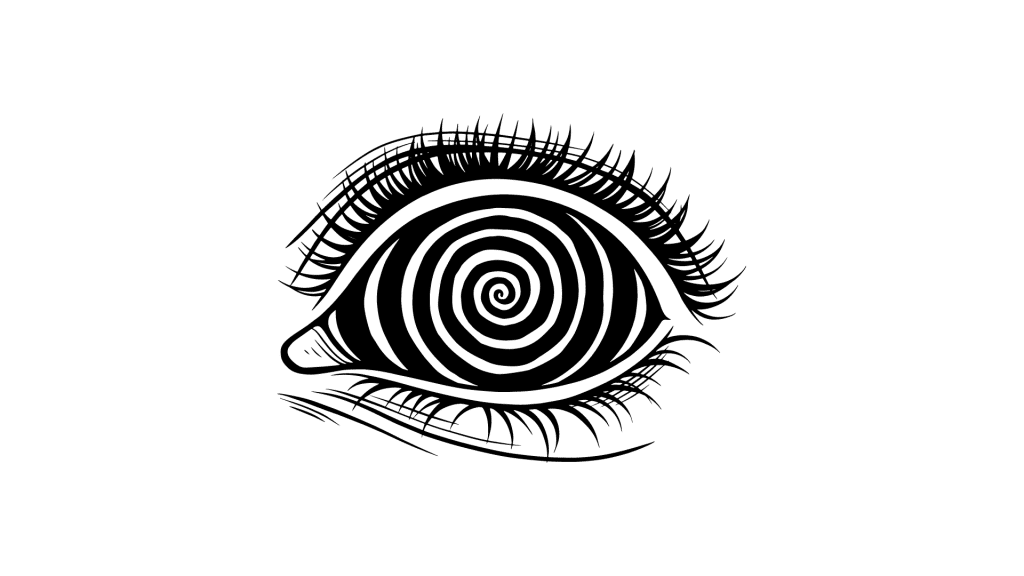
Virtually every trip is bad at very high doses above 1,000 micrograms, and the side effects are usually much more severe. Several case studies of people taking excessively high doses of LSD conclude that common side effects include vomiting, inability to control bowels, seizures, psychotic breaks, respiratory depression, fever, and suicidal thoughts.
What Is the Normal Dose for LSD?
A normal dose of LSD is between 100 and 200 micrograms — enough to create vivid hallucinations and powerfully psychoactive effects in most individuals. Doses in this range are generally not considered “too much,” although they can still create unpleasant experiences.
LSD is an incredibly potent psychedelic drug that induces intense auditory and visual hallucinations. The strength of these effects is directly related to how much a person takes, and it only takes minuscule doses to create strong, long-lasting experiences. There is a fine line between taking too much and taking the right amount, and similar doses may have drastically different effects on different people.
How Dangerous is LSD?
LSD is significantly less dangerous than other banned substances like heroin or cocaine, which are frighteningly easy to overdose on [2]. One case report involved a woman who took 55 milligrams of LSD, approximately 60 times the usual dose, and experienced no long-term negative effects.
Even though LSD is difficult or impossible to overdose on, it is still highly regulated worldwide and classified as a Schedule I substance in the United States. LSD’s dangers don’t come from pharmacological effects; rather, they come from what someone on LSD may do to themselves or others in their altered mental state. Driving under the influence of LSD, for example, could have catastrophic consequences.
Additionally, while LSD itself is not toxic, users may consume contaminated LSD unknowingly since it’s an unregulated substance. It’s difficult to assess how likely consuming tainted LSD is, although it is probably many times higher than suffering any harmful side effects from LSD directly.
The most common dangerous adulterant sometimes sold in place of LSD is 25I-NBOMe — which can be deadly if used in doses as little as two tabs.
Sometimes LSD blotter tabs contain other lysergamides instead, such as LSZ, ALD-52, ETH-LAD, or others — however, these compounds offer similar potency and safety as LSD and are generally not considered dangerous or even inferior adulterants.
You can avoid adulterated LSD by testing it — an easy and inexpensive process that can help you avoid the real dangers of LSD.

Can You Die From Taking Too Much LSD?
It is unlikely that taking too much LSD will lead to death, and experts believe that the primary dangers come from using adulterated products and people’s actions while under the influence of the drug.
A paper published in 2008 reported no known cases of an LSD overdose leading to death dating back to the 1950s [3].
Symptoms of an LSD Overdose
The most troubling signs of an LSD overdose are difficulty breathing, suicidal ideation, and unresponsiveness. If you are trip sitting for someone who appears to lose consciousness during their trip, contact emergency medical personnel immediately.
Vomiting is the most common sign of taking too much LSD and, even though vomiting alone doesn’t indicate an LSD overdose, it could be an early warning that someone took more than they should have or that the tabs they were using contained NBOMes.
Depersonalization, where people feel separated from themselves and lose their sense of identity, is another possible symptom of an LSD overdose. It can be hard to tell from depersonalization alone whether someone is experiencing an overdose, but it is a warning sign that a trip may be heading in the wrong direction.
Seizures are sometimes experienced by people taking psychedelics, especially people prone to them already. While there are no reports of someone dying from a psychedelic-induced seizure, it demands immediate medical attention to ensure something much more sinister isn’t going on.
HPPD stands for hallucinogen persisting perception disorder. It’s a condition experienced by a very small number of people who use LSD, especially those prone to psychiatric disorders or those who use very high doses of LSD. For unknown reasons, some people experience lasting, disruptive hallucinations after taking LSD or other psychedelics. These hallucinations can last anywhere from a few days to a few years.
Related: Can LSD Cause Brain Damage?
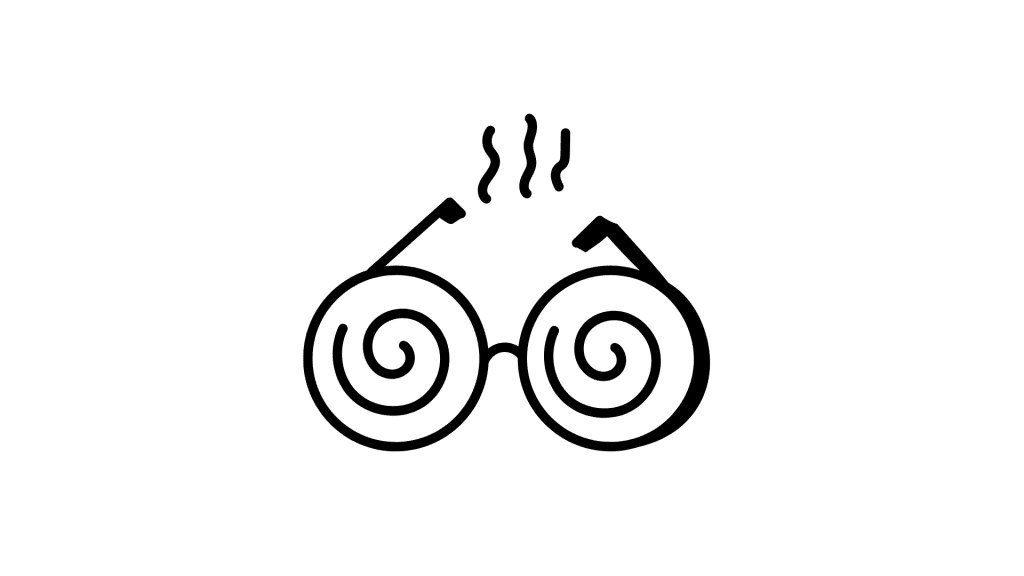
Wrapping Up: Can You Overdose on LSD?
Overdosing on LSD is very difficult and, while taking too much might not be an enjoyable experience, it’s also not likely to kill you.
There have been no documented deaths related to overdosing on LSD since the drug was first synthesized in the 1950s, although there have been several LSD-related deaths due to other injuries.
The biggest risk of taking too much LSD is injuring yourself while under the influence, either accidentally or due to intrusive suicidal thoughts. Excessive vomiting and difficult breathing can also be dangerous but are usually manageable in a safe environment with a sober trip sitter nearby.
Some people experience a condition called HPPD after taking very large doses of LSD, which can cause recurring visual and auditory hallucinations lasting several months or years after the trip.
Most people suggest sticking to the usual 100 to 200 microgram dosing guidelines to avoid potential problems. LSD is incredibly potent, and taking higher doses generally won’t make the experience more pleasurable.
It’s wise to test a small sample of your LSD before you start to make sure it really contains LSD and not some other potentially dangerous research chemical instead.
References
- Baquiran, M., & Al Khalili, Y. (2020). Lysergic Acid Diethylamide Toxicity.
- Sporer, K. A. (1999). Acute heroin overdose. Annals of internal medicine, 130(7), 584-590.
- Passie, T., Halpern, J. H., Stichtenoth, D. O., Emrich, H. M., & Hintzen, A. (2008). The pharmacology of lysergic acid diethylamide: a review. CNS neuroscience & therapeutics, 14(4), 295-314.


